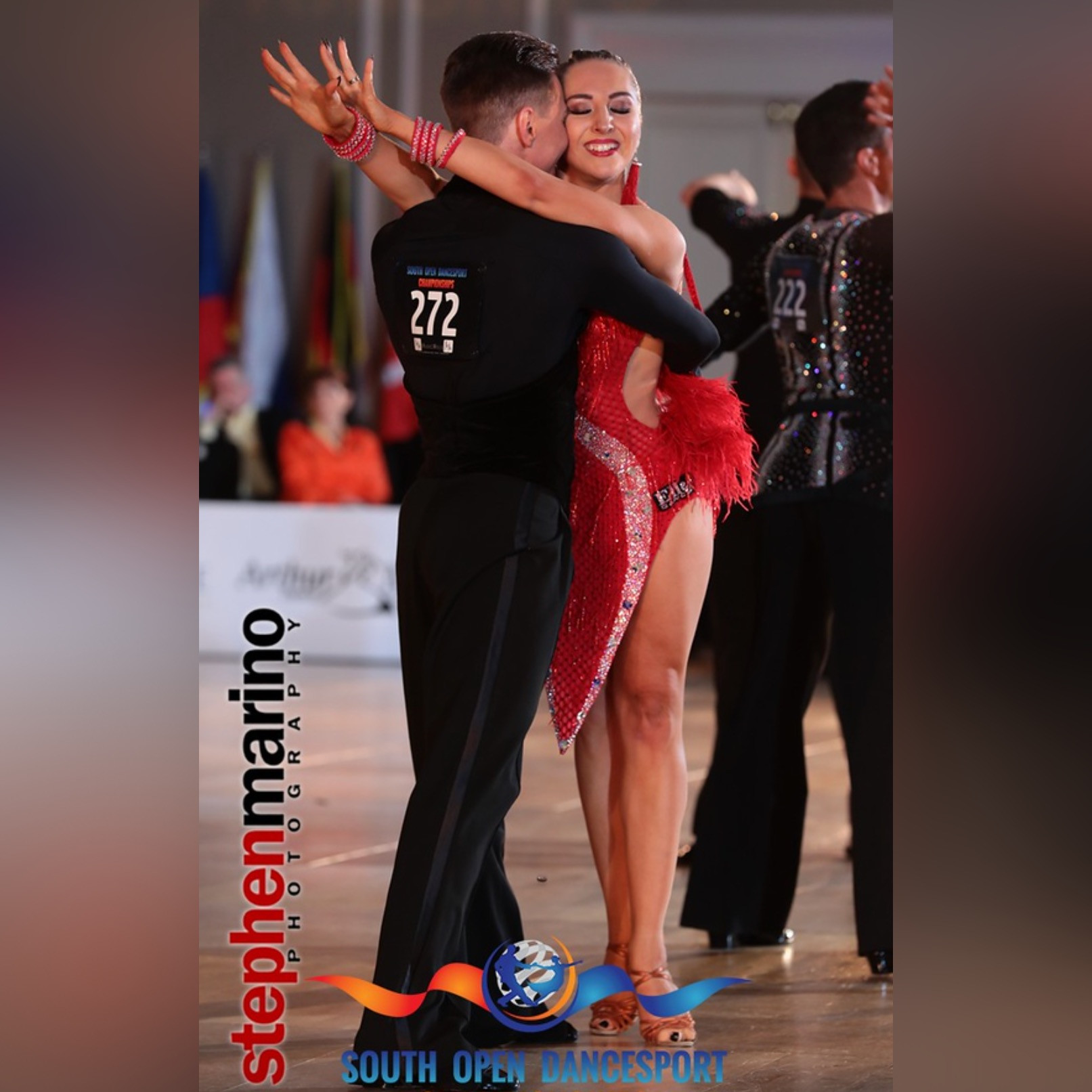Argentine Tango Dance Lessons Near Lake Nona, Florida
Looking to get private dance lessons near Lake Nona, Florida? We've got you covered! We are conveniently located in Ocoee and ready to help you on your dance journey!

Argentine Tango
Argentine tango is a passionate and elegant dance that originated in the late 19th century in the working-class neighborhoods of Buenos Aires, Argentina. It evolved from a fusion of African, European, and indigenous influences. Unlike ballroom tango, which is more structured and standardized, Argentine tango is known for its improvisational nature and intimate connection between partners.
Key elements of Argentine tango include intricate footwork, dramatic leg sweeps, and fluid movements characterized by pauses and sudden changes in direction. The dance is often performed in close embrace, with the partners maintaining a deep connection through their chests and upper bodies while executing intricate footwork and embellishments.
Argentine tango music, characterized by its melancholic melodies and rich instrumentation, plays a crucial role in setting the mood for the dance. Traditional tango orchestras typically include a bandoneón (a type of accordion), violin, piano, and double bass.
Learning Argentine tango involves mastering not only the steps and techniques but also developing a deep understanding of the music and the connection between partners. It's often considered a lifelong journey of exploration and refinement, with dancers continuously honing their skills and developing their own unique style.
Argentine tango has gained popularity worldwide and is practiced and performed in dance communities around the globe. Tango festivals, workshops, and milongas (social dance events) provide opportunities for dancers of all levels to come together, share their passion for the dance, and immerse themselves in its rich cultural heritage.